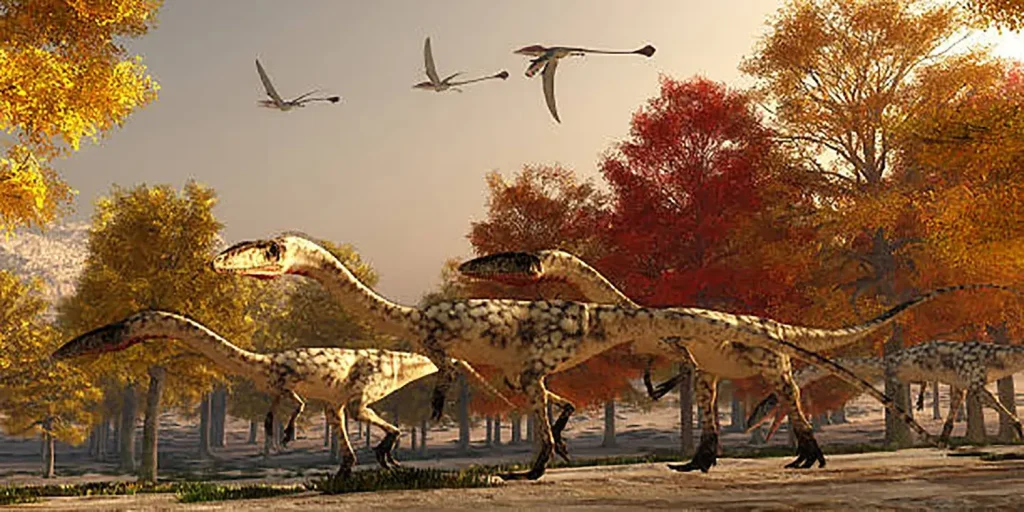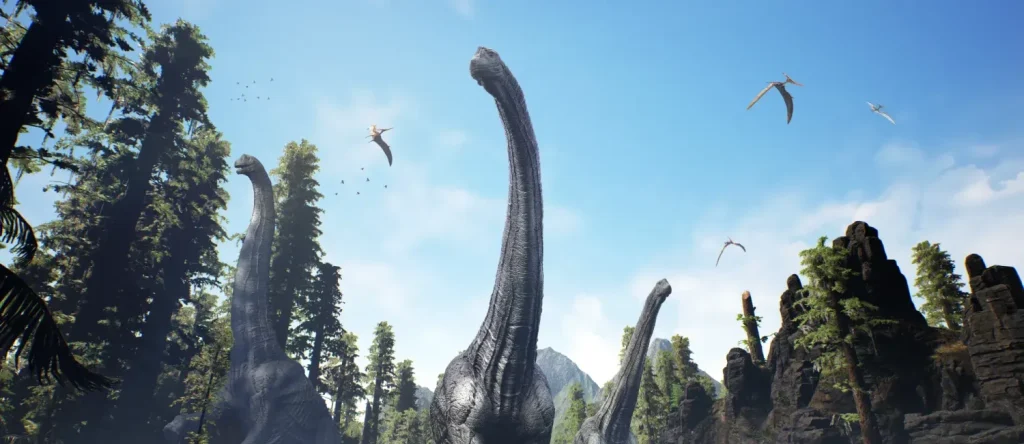The Bird-Footed Dinosaurs: Ornithopods—A Worldwide Success Story of Astonishing Diversity and Survival.
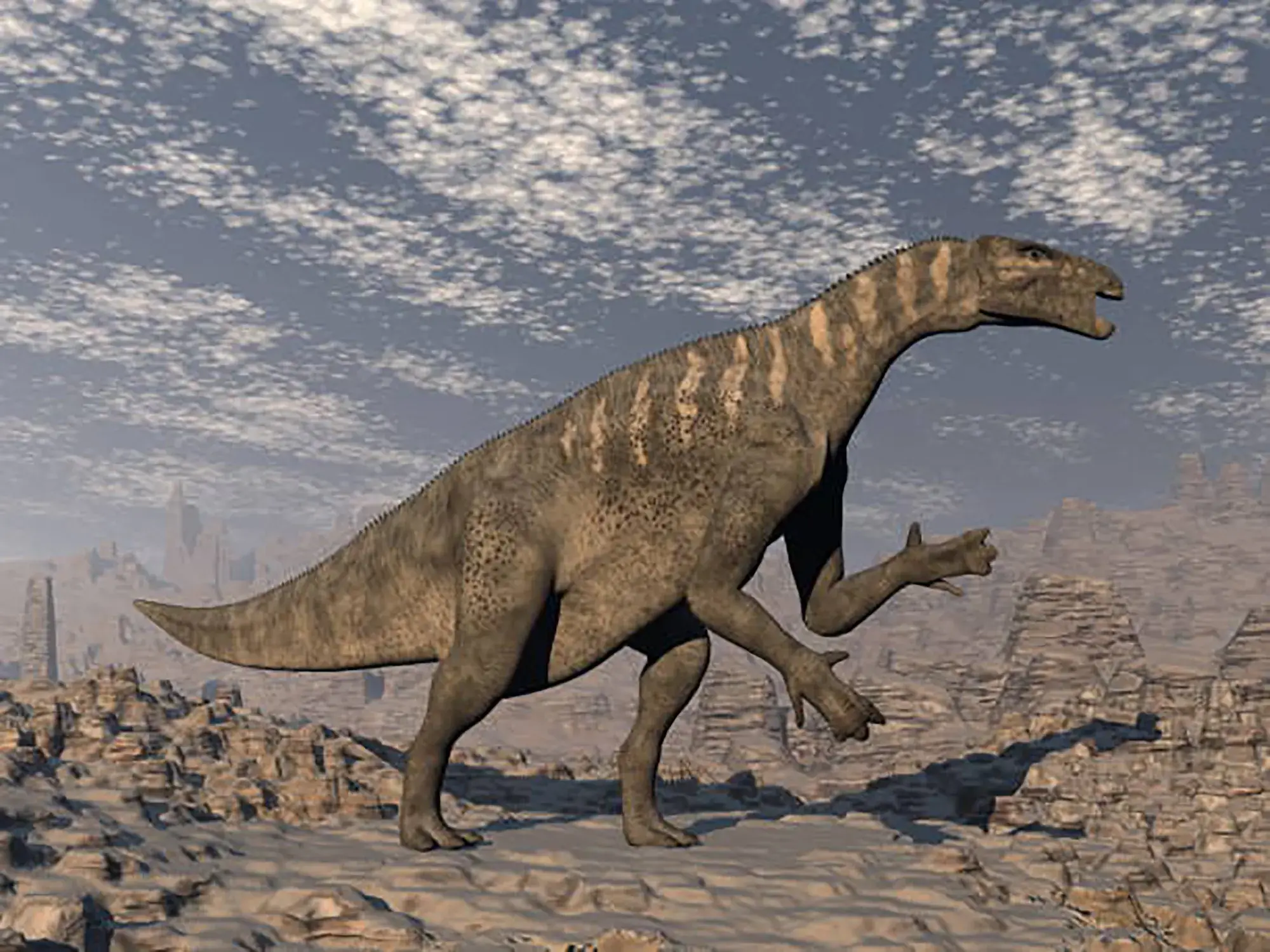
Ornithopods are a group of herbivorous dinosaurs belonging to the Ornithischia (Bird-Hipped) lineage, represented by species like Iguanodon and Parasaurolophus.
They emerged in the Early Jurassic period of the Mesozoic Era, spread across nearly the entire globe, including Antarctica, and flourished greatly until the mass extinction at the end of the Cretaceous.
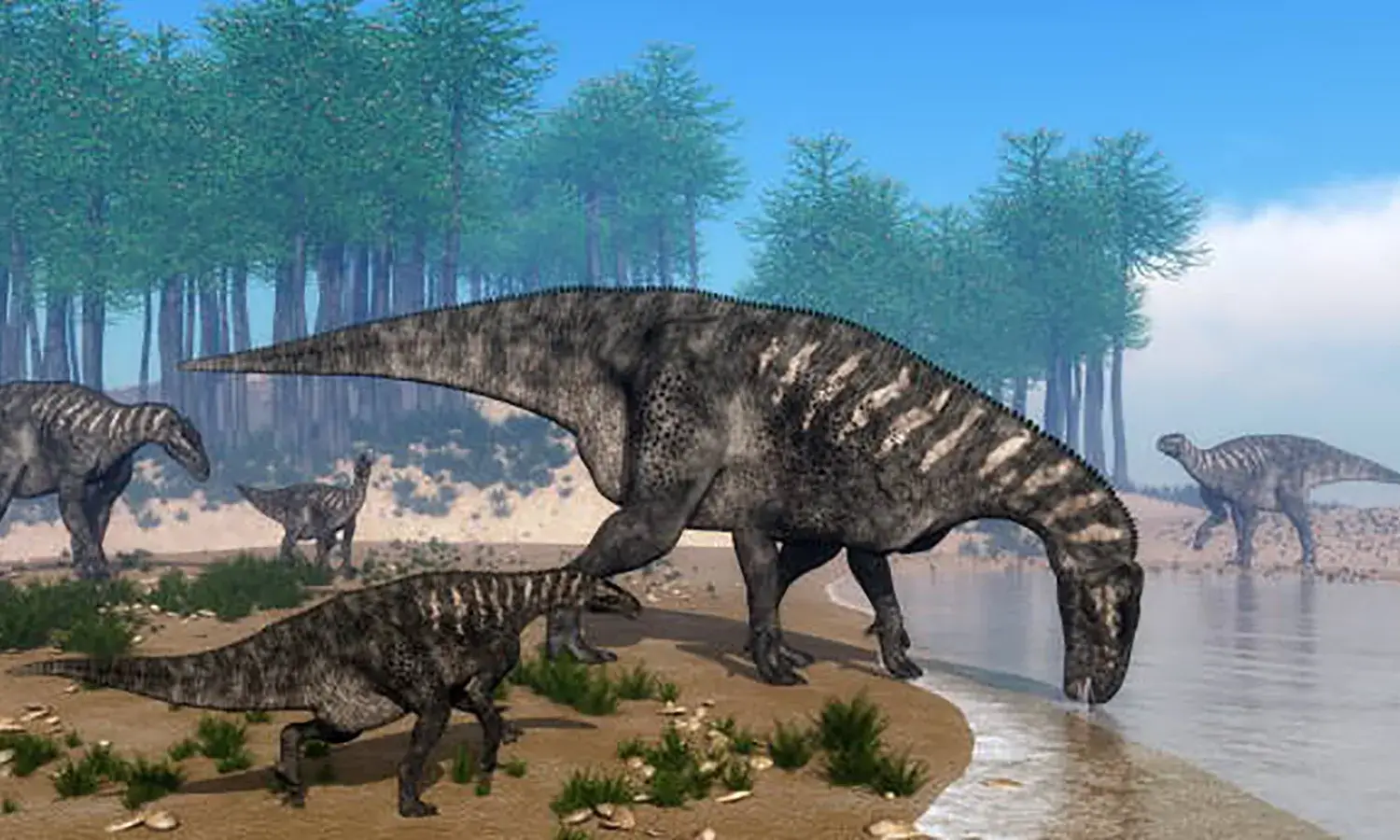
They Spread Across Nearly the Entire Globe and Flourished Greatly.
Ornithopods are known as one of the most successful herbivorous dinosaur groups throughout the dinosaur age.
Characteristics and Evolution: Diversity as the Key to Success
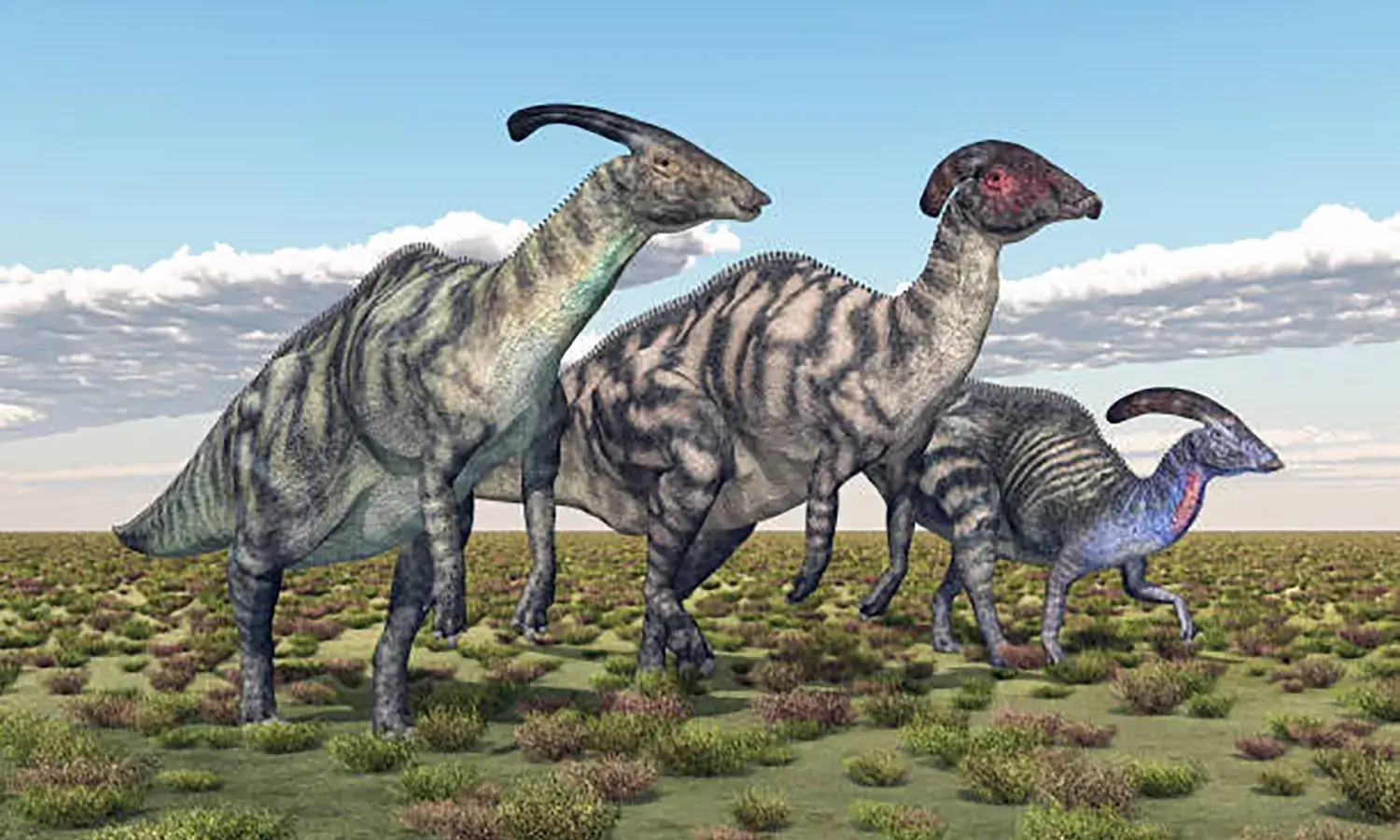
Characteristics and Evolutionary Diversity
Due to their high adaptability, ornithopods ranged widely in size, from small species measuring 1 meter in length to large Hadrosaurids (duck-billed dinosaurs) exceeding 10 meters, such as the Hadrosauridae family.
Locomotion
They were primarily bipedal, but larger species were capable of switching between bipedal and quadrupedal locomotion to support their body weight.
Diet
They had a beak at the tip of their mouth and developed teeth (such as the dental battery) that allowed them to grind their food finely, enabling them to efficiently eat even tough plants.
Evolutionary Diversity
The adaptability of the many different species of ornithopods to a wide range of regions and time periods made them one of the most widely distributed dinosaur groups in Earth’s history.
Historical Confusion Surrounding Classification
Because bipedalism was an ancestral trait for the entire Ornithischia group, early species from other groups—such as Lesothosaurus and primitive thyreophorans—were historically misclassified into the Ornithopod group.
However, scientific advancements have led to a clarification of species, and their diverse evolutionary paths are steadily being revealed.
